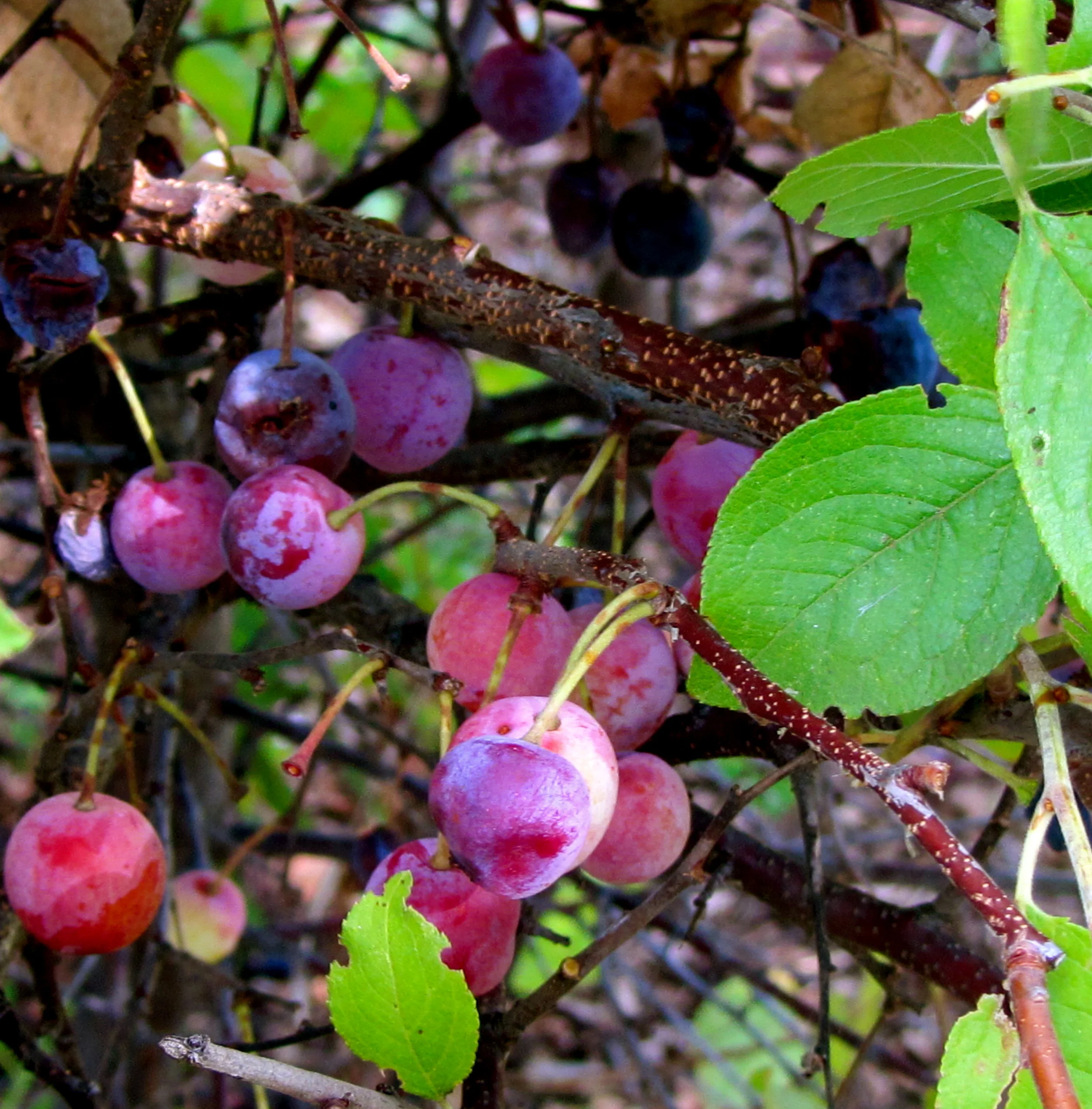I'm crossing an undeveloped lot where storms have caused maples and pines to break or fall. It's one of those winters with intermittent snow and warming spells. The frost heaves disturb the soil even more. Normally, the earth would be nestled under a blanket of snow.
Instead I can easily pull up a clump of field garlic. I shake of the earth and tie the long greens into a knot. It will be a delicious addition to the pot roast I am planning to cook. Garlic mustard and chickweed also respond as if it is early spring.
I know it's an unusual weather pattern, but it feels good not to have stiff fingers and to have a bit of fresh greens in the dead of winter.
Stored, dehydrated, foraged foods to last through the winter.
This is the time of year when I open my pantry closet. I use canning jars to store dehydrated foods. I keep them in the dark closet and use them for soups and stews. The brightly colored carrots, beets, tomatoes and corn are all from local markets. But the sunchokes, wild leeks and mushrooms were all foraged. Parboiled wild greens including nettles, dandelions and burdocks fill in my freezer where the odd-shaped packages of venison take up most of the space.
Today I'll make chili with the dried beans, tomatoes, hot peppers, onions and corn in my pantry. I'll add field garlic, cilantro, cumin and ground venison. The cumin is the only ingredient that comes from a store.

